Ecommerce unleashed: Unveiling the must-have elements for a standout online store
Article by Karlie Taylor, Marketing Manager, Shopline Australia.
The rapid growth of ecommerce has revolutionised the way businesses operate and customers shop. With the ever-increasing popularity of online shopping, it has become crucial for businesses to create standout online stores that capture the attention of potential customers.
But what are the real must-have elements for an ecommerce store to attract visitors and convert them- and retain them for life?
From intuitive user experience to seamless delivery experiences and effective customer support, we will delve into the key aspects that contribute to the success of an online store and what should really be included by default (not a paid add on).
Themes: Captivating Design and User Experience
The design and user experience of an ecommerce store play a pivotal role in creating a positive impression on visitors. A captivating design that aligns with the brand’s identity can instantly engage users and encourage them to explore further. A visually appealing layout, clear navigation, and intuitive user interface are crucial for delivering a seamless browsing experience. Additionally, optimising the store for mobile devices is essential as mobile commerce continues to gain momentum. Choosing a platform provider that has a multitude of free themes that tick all these boxes will get you ahead of the competition.
High-Quality Product Imagery and Descriptions
In an online store, customers cannot physically touch or examine products. Hence, providing multiple high-quality product images from multiple angles and incorporating zoom features can help bridge this gap. Also, consider 3D images and augmented reality in this space. Seeing that lamp in your actual living room is a top conversion tool. Make sure your platform provider has a CDN (Content delivery network) and optimises the delivery of those images. Images should be minified and optimised for fast page load speed, faster loading = higher conversion rate.

[Screenshots courtesy of the official Sephora Snapchat account]
Creating detailed and accurate product descriptions that highlight key features, specifications, and benefits can further assist customers in making informed purchase decisions. This can really set you apart from the competition, particularly if you are selling similar (or same) products. Highly descriptive product content can help customers make a more informed buying decision – reducing return rates and increasing satisfaction. Product descriptions are also a must for on-site SEO, helping product pages get found and ranked on search engines. Your supplier may help with some standard text but your platform provider should make the development of this text easier using AI within the product descriptions text field to expand and optimise the text.
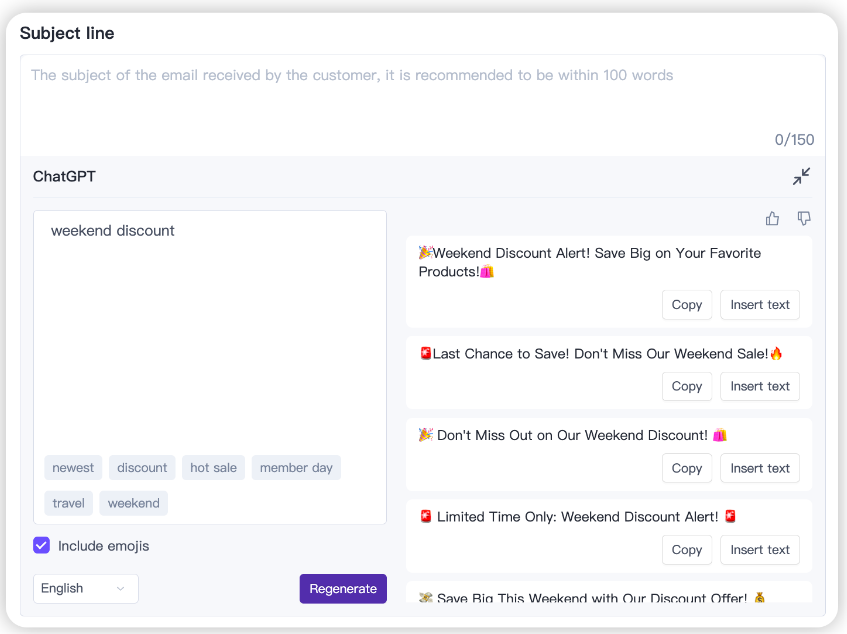
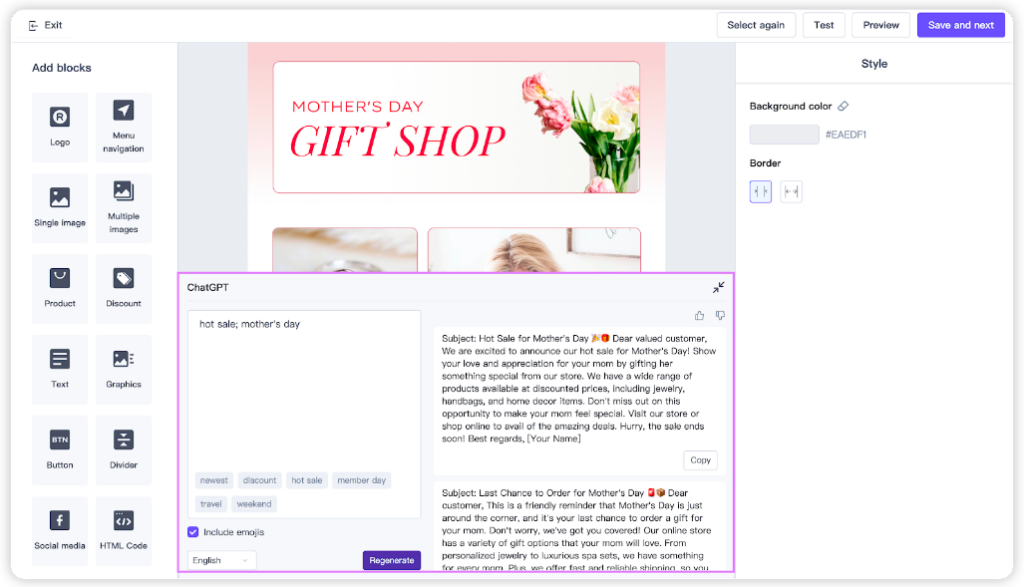
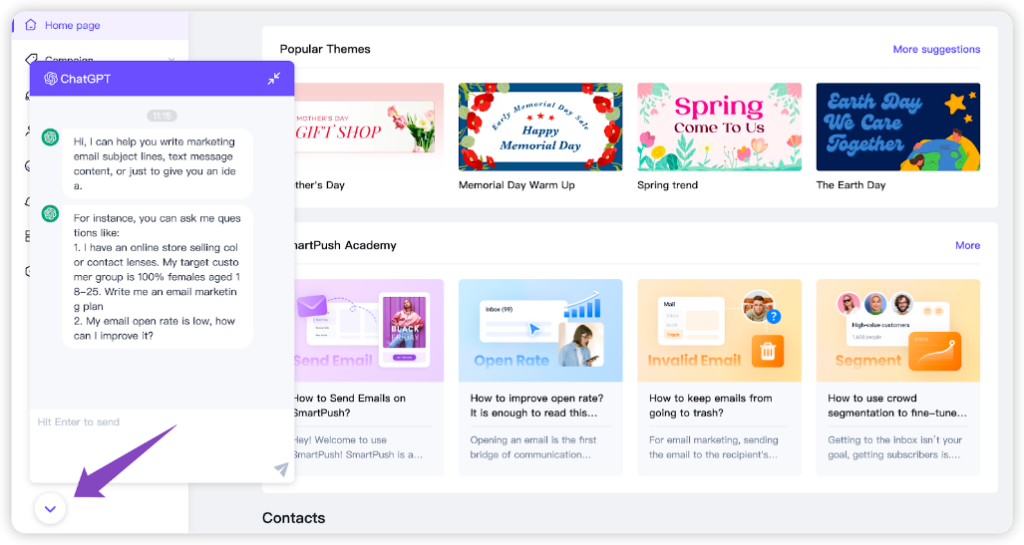
[SHOPLINE’s ChatGPT functionality]
Seamless Shopping Cart, Checkout and Shipping
A streamlined shopping cart and checkout process are essential for minimising cart abandonment rates. The shopping cart should allow customers to easily add, remove, and update items. Moreover, incorporating progress indicators and guest checkout options can expedite the purchasing process and improve conversion rates. Always think about removing friction (things that slow customers down and make them think twice). There is also a balance between improving average order value (AOV) and actually getting the customer to check out. Distract them with too many offers and upsells and they may get choice overload and decide to come back later.
A fast, reliable, secure and trusted payment gateway is a must, along with multiple payment options, provide customers with flexibility and instill confidence in the transaction. But make sure your provider is also not over doing the security and you are missing sales due to unapproved transactions. On the flip side, there does need to be a level of fraud protection and mitigation of chargebacks, but again, this is a balance. You want the transactions but you don’t want the fraud and chargebacks. Choose wisely. Payment gateways are also not so much about the transaction fees as they are about the conversion rate. What would you prefer: higher conversion rate or lower fees? At what point does each one win? Once again it is about balance.
Giving customers shipping options at the checkout is imperative. Why? In most cases, free standard shipping will help customers convert. But what if they need their purchase tomorrow? Or today? Giving customers the flexibility to select the shipping option that suits their needs at that moment will not only help conversions, but inspire loyalty. Being able to seamlessly manage and automate these processes in your backend is easy with the right technology. That’s why Shopline has chosen Shippit as the shipping app partner of choice for retailers on the platform, delivering seamless shipping experiences for retailers and customers:
- Easy setup to connect their store website in minutes and sync orders instantly upon payment.
- Centralised access to leading carriers and exclusive delivery rates for flexible shipping options at the checkout.
- Flexible and fast fulfilment to streamline pick and pack workflows and packaging decisions for consistent, error-free fulfilment.
- Seamless post-purchase experiences with automated and reliable tracking notifications and dedicated in-house delivery support.
Personalisation and Recommendation Engines
Personalisation has become a crucial aspect of ecommerce. Utilising customer data, such as browsing history, purchase behaviour, and demographics, allows online stores to provide tailored recommendations. Implementing recommendation engines that suggest related products or showcase personalised offers can significantly enhance the shopping experience and increase conversions.
Nosto reports that 91% of consumers are more likely to buy from brands that offer relevant shopping experiences.
Quite often we complain that we don’t want technology to “know us” but how bad would it be if all the recommendations were badly targeted and irrelevant (90’s ecommerce for anyone old enough to remember?).
Efficient Customer Support and Communication
Prompt and effective customer support is vital for building trust and ensuring customer satisfaction. Providing multiple channels for customer enquiries, such as live chat, email, and phone support, enables customers to reach out easily. Integrating chatbots and AI-powered support systems can also offer quick responses and assist with basic queries, enhancing the overall customer experience.
You will also want your platform provider to give you the same level of customer support. Treat your customers the way you want to be treated by your platform provider. You are not just a number.
Social Proof and Customer Reviews
Social proof has a significant impact on customers’ purchase decisions. Displaying customer reviews, ratings, and testimonials can build trust and credibility. Implementing a review system that encourages customers to leave feedback and share their experiences can further boost confidence in the brand and its products.
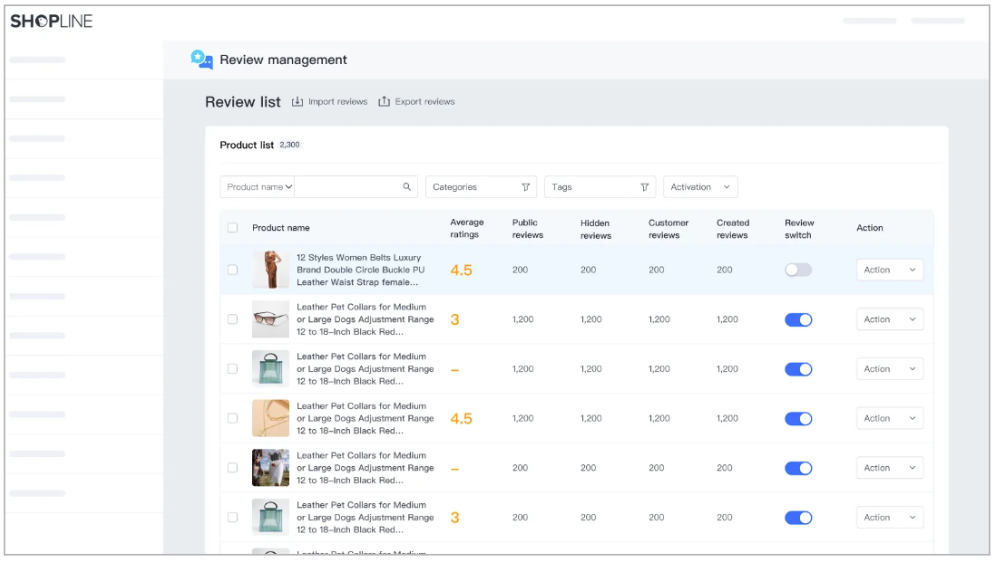
Hiding social proof below the fold (the bottom of your screen that you need to scroll to get to) is a bad idea. When someone visits their online store they are thinking “why should I buy here?” Other humans who were happy with their purchase and service are the strongest reinforcement of this.
Analytics and Data-Driven Insights
Using analytics tools and gathering data provides valuable insights into customer behaviour, preferences, and trends. Analysing this data helps optimise the online store, identify areas for improvement, and make data-driven decisions to enhance the customer experience. Monitoring key metrics, such as conversion rates, bounce rates, and average order value, enables continuous refinement of the ecommerce strategy.
If Google is your preference for analytics make sure you have Google Analytics GA4 (time is running out) and enhanced ecommerce reporting enabled. Then you will be able to see where the problems or pinch points are in your conversion stages. Maybe all that work you did on the collection/category page is irrelevant as the data show the problem is elsewhere. Test and optimise.
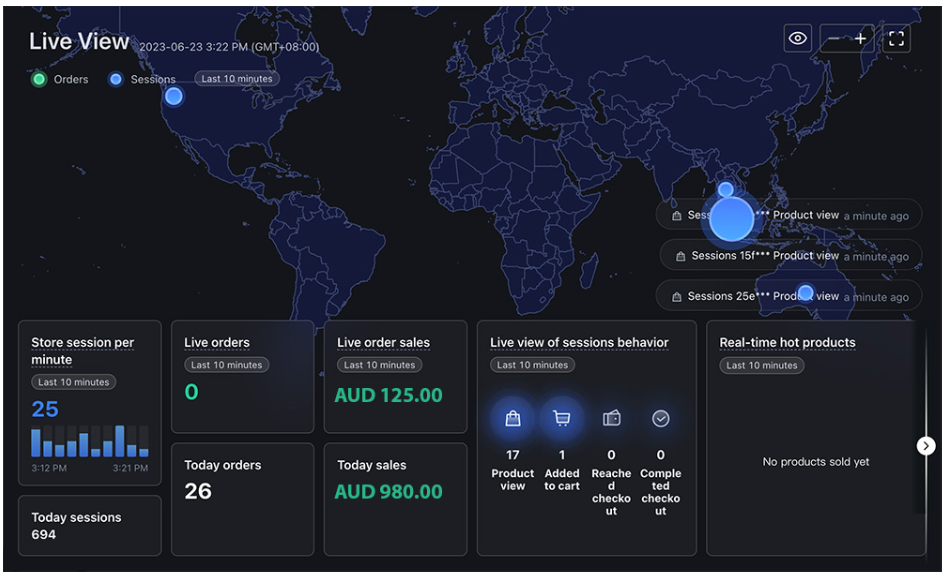
[SHOPLINE’s Live Dashboard]
User-Friendly Interface
An intuitive and user-friendly interface (UI) is essential to engage and guide visitors through the shopping process. Make sure your store has clear navigation, search functionality, and easy-to-understand categories and product listings.
Consider the user experience and do research to see where the issues appear to be. From these insights you can AB test and slowly improve your conversion rate over time.
The SHOPLINE platform gives more to you straight out of the box.
Creating a standout online store requires careful consideration of various elements. From captivating design and intuitive user experience to seamless checkout processes and personalised recommendations, each aspect contributes to the overall success of an ecommerce venture. Additionally, efficient customer support, social proof, and data-driven insights help foster trust, engagement, and loyalty among customers.
By implementing these must-have elements, businesses can unlock the true potential of their online stores and differentiate themselves.
